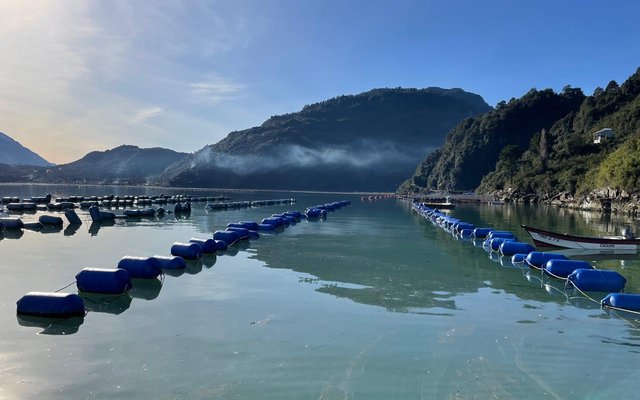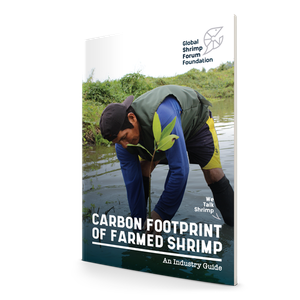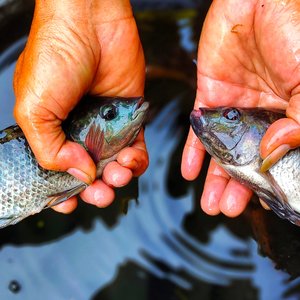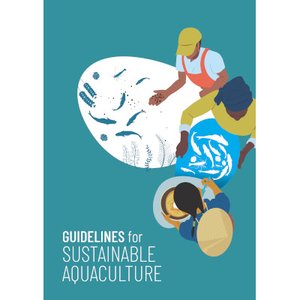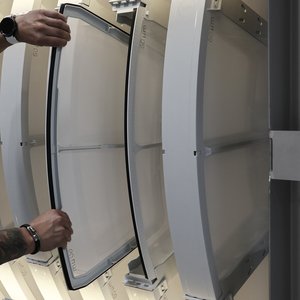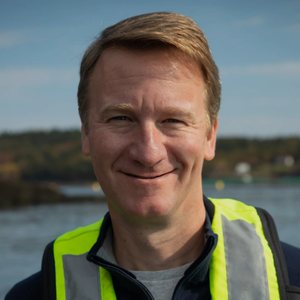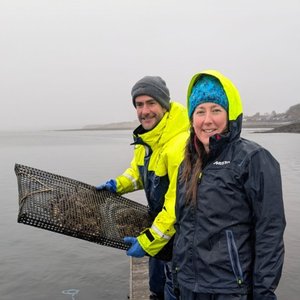Recently, FAO published the Aquaculture Adaptation Framework to Climate Change (Aqua-Adapt), a tool that supports the design and implementation of strategies to improve aquaculture's resilience to climate change. It was developed in collaboration with researchers from the Interdisciplinary Center for Aquaculture Research (INCAR) through a consultative process with international experts from different regions.
Dr. Doris Soto, Principal Investigator at INCAR, and FAO Fisheries Officer, Fernanda Garcia-Sampaio, are the book editors. The book includes a comprehensive assessment of climate change adaptation studies in aquaculture, a proposed adaptation strategy and tools, and uses two case studies (on salmon farming and mussel farming), which helped refine the framework for testing adaptation technologies and improve their practical applicability. INCAR researchers Dr. Marcelo Fuentes, Dr. Carlos Chávez, Dr. Jorge Dresdner, Dr. Jorge León-Muñoz, and Dr. Carlos Molinet also contribute to these publications.
Editors Soto and Garcia-Sampaio mentioned: “Aquaculture's vulnerability to climate change demands urgent and practical adaptation strategies. Strengthening the sector's resilience requires coordinated efforts at multiple levels, from farms and communities to research, innovation, and governance systems. Several studies have highlighted the need for more climate-resilient practices and clearer guidance for identifying effective technologies and innovations, and this is what this publication addresses.”
Aqua-Adapt is based on definitions from the Intergovernmental Panel on Climate Change (IPCC) assessment reports and focuses on reducing risks while generating new opportunities.
The strategic framework proposes a six-step process involving key stakeholders and evidence-based planning:
- Establish the unit of adaptation, which can range from individual aquaculture producers or a specific farming system to the minimum geographic and/or geopolitical unit of production. This unit may include one or all cultivated species and associated socioecological systems at appropriate spatial scales.
- Identify and select the most appropriate climate change trajectories and projection models.
- Conduct a risk assessment and, if possible, vulnerability assessment for the defined unit. This crucial task involves predicting and identifying the most significant threats to guide adaptation actions and timescales using appropriately defined climate projections, scenarios, and scopes.
- Design an adaptation plan to reduce the identified exposure and sensitivity and increase the adaptive capacity of the adaptation unit. This includes establishing an implementation timeline (short, medium and long-term actions) and selecting the best adaptation options, considering their effectiveness, costs, and technical difficulties. Collateral benefits and damages, the potential for maladaptation (e.g., when adaptation measures increase the carbon footprint), and available human and financial resources must also be considered. Regulatory adjustments are also essential for a good plan.
- Implement the strategy following the implementation plan and ensuring participatory, transparent, and evidence-based processes.
- Conduct ongoing monitoring and evaluation to improve the efficiency and effectiveness of the implemented measures, as well as their costs and/or technical difficulties, so that the strategy is also adaptable and improvable.
Aqua-Adapt offers a structured and flexible approach to support climate change adaptation in aquaculture, helping sector stakeholders make informed decisions that reduce risks and increase aquaculture's long-term resilience.
Download the guide here.


